How to Study Marine Mammals: Introduction to Cetaceans and Pinnipeds
Marine mammals are a fascinating group of animals that have captured the interest of humans for centuries. Two of the most well-known groups of marine mammals are cetaceans and pinnipeds.
Cetaceans
Cetaceans are a group of marine mammals that includes whales, dolphins, and porpoises. They are highly adapted to life in the water, with streamlined bodies, flippers or fins, and a blowhole for breathing. Cetaceans are further divided into two subgroups: baleen whales and toothed whales. Baleen whales, such as humpback and blue whales, have a comb-like structure called baleen in their mouths that they use to filter food from the water. Toothed whales, such as killer whales and dolphins, have teeth and hunt prey, including fish and squid.
Pinnipeds
Pinnipeds are a group of marine mammals that includes seals, sea lions, and walruses. They have a streamlined body shape and flippers for swimming, as well as fur or blubber to keep them warm in cold water. Pinnipeds are further divided into two subgroups: earless seals and eared seals (sea lions and fur seals). Earless seals, such as the harbor seal, have no external ear flaps, while eared seals have external ear flaps and are known for their loud vocalizations.
Studying cetaceans and pinnipeds can provide valuable insights into marine ecosystems and the effects of human activities on these animals. In this article, we will explore some of the methods and techniques used to study these fascinating creatures.
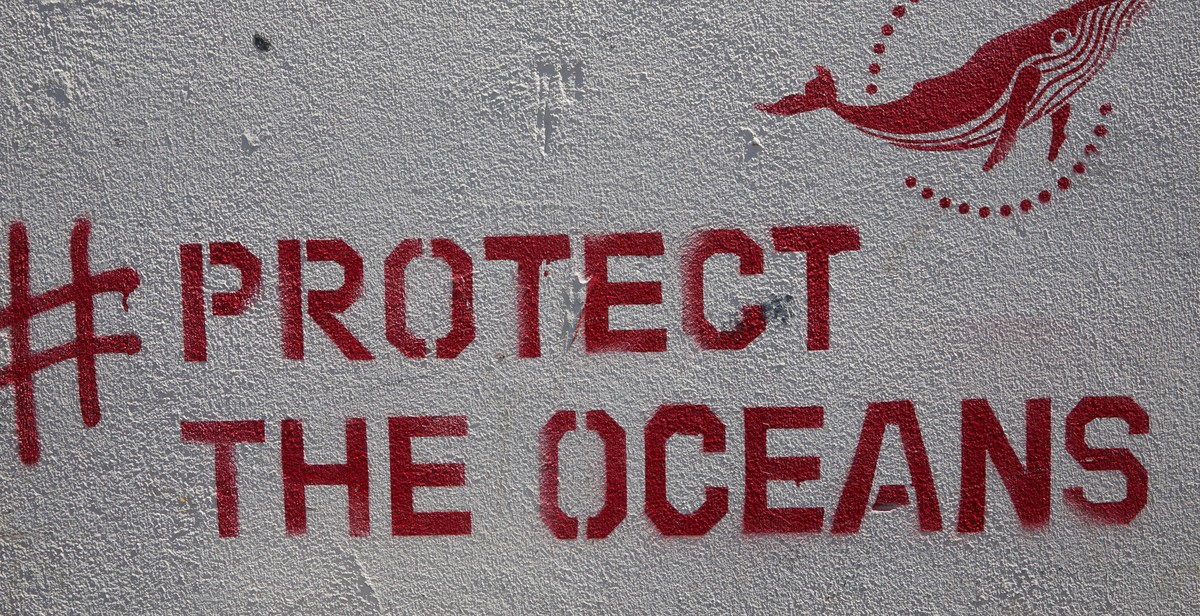
Types of Cetaceans
Cetaceans are a diverse group of marine mammals that are divided into two suborders, the toothed whales and the baleen whales. Each suborder contains a variety of species with unique characteristics and adaptations to their respective marine environments.
Toothed Whales
As the name suggests, toothed whales have teeth instead of baleen plates. They are also known as odontocetes and are generally smaller in size compared to baleen whales. Toothed whales have a single blowhole and are able to echolocate to navigate and locate prey.
Some of the most well-known toothed whales include the killer whale, also known as the orca, the sperm whale, and the dolphin. Killer whales are apex predators and are known to hunt other marine mammals, including other whales. Sperm whales are the largest toothed whales and are known for their ability to dive to great depths in search of squid. Dolphins are highly intelligent and social animals that are often seen swimming alongside boats and surfing on waves.
Baleen Whales
Baleen whales, also known as mysticetes, are named for the baleen plates in their mouths that they use to filter food from the water. They have two blowholes and are generally larger in size compared to toothed whales. Baleen whales are known for their long migrations and their complex vocalizations.
Some of the most well-known baleen whales include the humpback whale, the blue whale, and the gray whale. Humpback whales are known for their acrobatic displays, such as breaching and tail slapping. Blue whales are the largest animals on Earth and can grow up to 100 feet in length. Gray whales are known for their long migrations between their feeding grounds in the Arctic and their breeding grounds in Mexico.
| Characteristic | Toothed Whales (Odontocetes) | Baleen Whales (Mysticetes) |
|---|---|---|
| Teeth/Baleen Plates | Teeth | Baleen plates |
| Blowhole(s) | Single | Double |
| Size | Smaller | Larger |
| Echolocation | Present | Absent |
| Migration | Shorter | Longer |
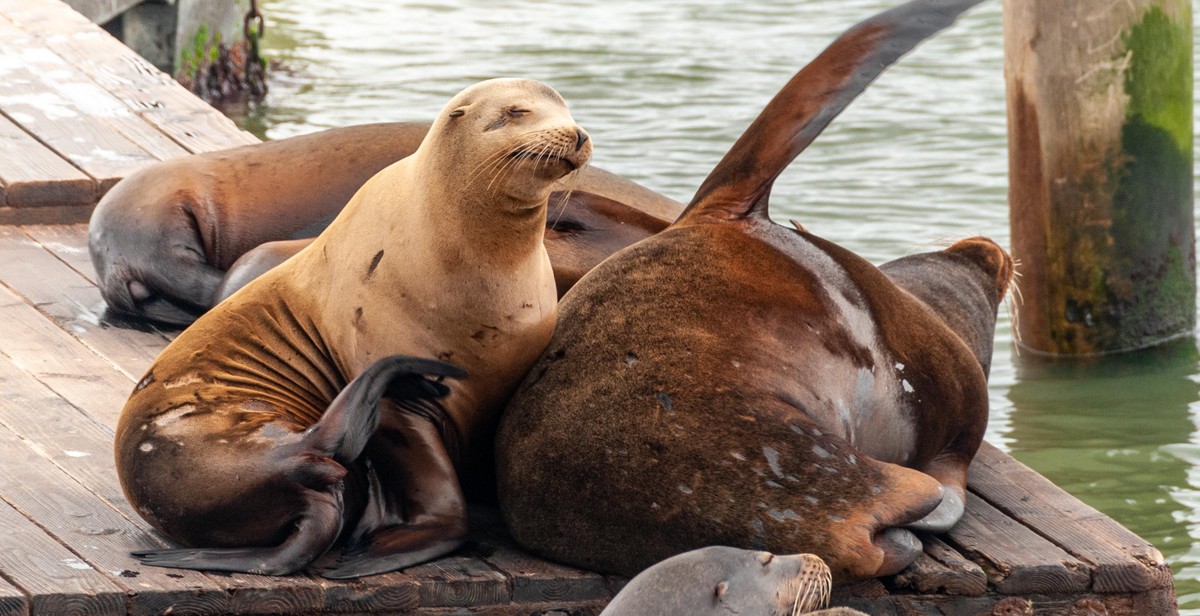
Types of Pinnipeds
Pinnipeds are a group of marine mammals that are characterized by their flippers and streamlined bodies. There are three main types of pinnipeds: seals, sea lions, and walruses. Each of these types has unique physical and behavioral characteristics that make them distinct from one another.
Seals
Seals are the most diverse group of pinnipeds, with over 30 different species found throughout the world. They are characterized by their streamlined bodies, which are adapted for swimming and diving. Seals have short, wide flippers that are used for steering and propulsion in the water.
Seals are generally solitary animals, although they may form large colonies during the breeding season. They feed on a variety of prey, including fish, squid, and crustaceans.
Sea Lions
Sea lions are larger and more social than seals, with males often weighing over 1,000 pounds. They are characterized by their long, narrow flippers, which are used for swimming and steering. Sea lions are also able to walk on all fours, which allows them to move on land more easily than seals.
Sea lions are highly social animals and often form large colonies on beaches and rocky shores. They feed on a variety of prey, including fish, squid, and octopus.
Walruses
Walruses are the largest of the pinnipeds, with males weighing up to 3,700 pounds. They are characterized by their long tusks, which are used for defense and for breaking through ice. Walruses have large, paddle-like flippers that are used for swimming and diving.
Walruses are social animals and often form large herds on ice floes. They feed on a variety of prey, including clams, mussels, and other shellfish.
| Type | Physical Characteristics | Behavior | Diet |
|---|---|---|---|
| Seals | Short, wide flippers; streamlined body | Solitary; may form large colonies during breeding season | Fish, squid, crustaceans |
| Sea Lions | Long, narrow flippers; able to walk on all fours | Highly social; form large colonies on beaches and rocky shores | Fish, squid, octopus |
| Walruses | Large, paddle-like flippers; long tusks | Social; form large herds on ice floes | Clams, mussels, shellfish |
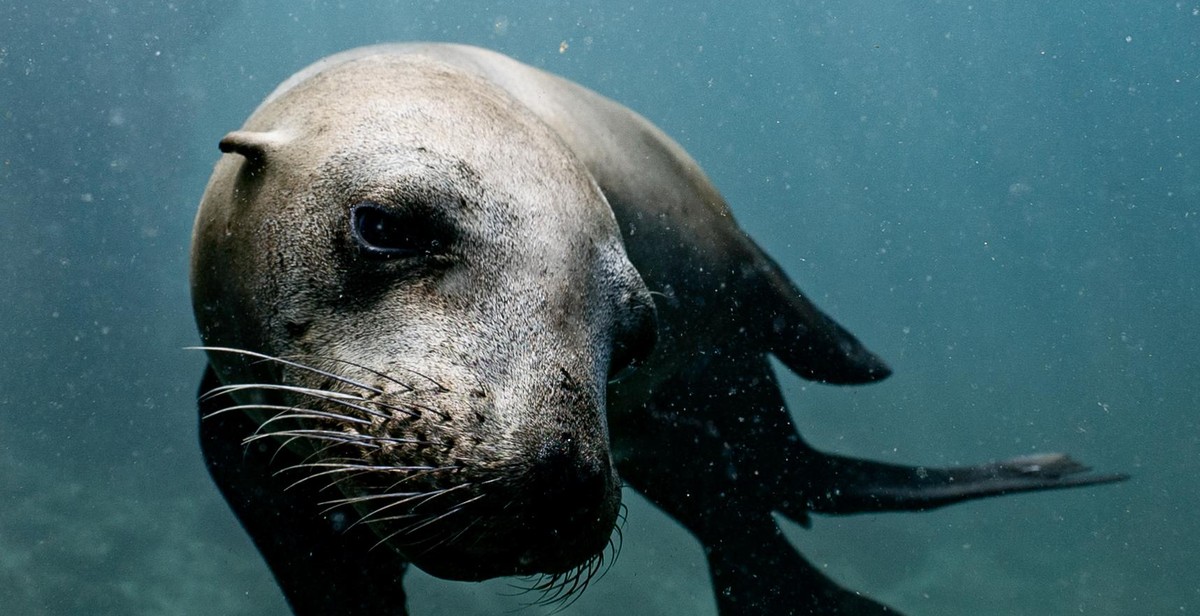
Habitat and Distribution
Cetaceans
Cetaceans are found in all oceans and seas of the world, from the Arctic to the Antarctic. They are also found in some rivers and estuaries. The distribution of cetaceans is determined by several factors, including water temperature, food availability, and migration patterns. Some species of cetaceans, such as the humpback whale, migrate long distances between their feeding and breeding grounds.
The habitat of cetaceans varies depending on the species. Some species, such as the bottlenose dolphin, prefer shallow coastal waters, while others, such as the sperm whale, prefer deep offshore waters. Some species, such as the killer whale, are found in both coastal and offshore waters.
Cetaceans are adapted to living in water and have several anatomical and physiological adaptations that enable them to survive in their aquatic environment. For example, they have a streamlined body shape, a thick layer of blubber for insulation, and a specialized respiratory system that enables them to hold their breath for long periods.
Pinnipeds
Pinnipeds are found in all oceans and seas of the world, from the Arctic to the Antarctic. They are also found in some rivers and estuaries. The distribution of pinnipeds is determined by several factors, including water temperature, food availability, and breeding requirements. Pinnipeds, like cetaceans, also migrate long distances between their feeding and breeding grounds.
The habitat of pinnipeds varies depending on the species. Some species, such as the harbor seal, prefer shallow coastal waters, while others, such as the elephant seal, prefer deep offshore waters. Some species, such as the walrus, are found in both coastal and offshore waters.
Pinnipeds are adapted to living in water and on land and have several anatomical and physiological adaptations that enable them to survive in their aquatic and terrestrial environments. For example, they have flippers for swimming and walking on land, a thick layer of blubber for insulation, and a specialized respiratory system that enables them to hold their breath for long periods.
| Species | Habitat |
|---|---|
| Bottlenose dolphin | Shallow coastal waters |
| Sperm whale | Deep offshore waters |
| Killer whale | Coastal and offshore waters |
| Harbor seal | Shallow coastal waters |
| Elephant seal | Deep offshore waters |
| Walrus | Coastal and offshore waters |
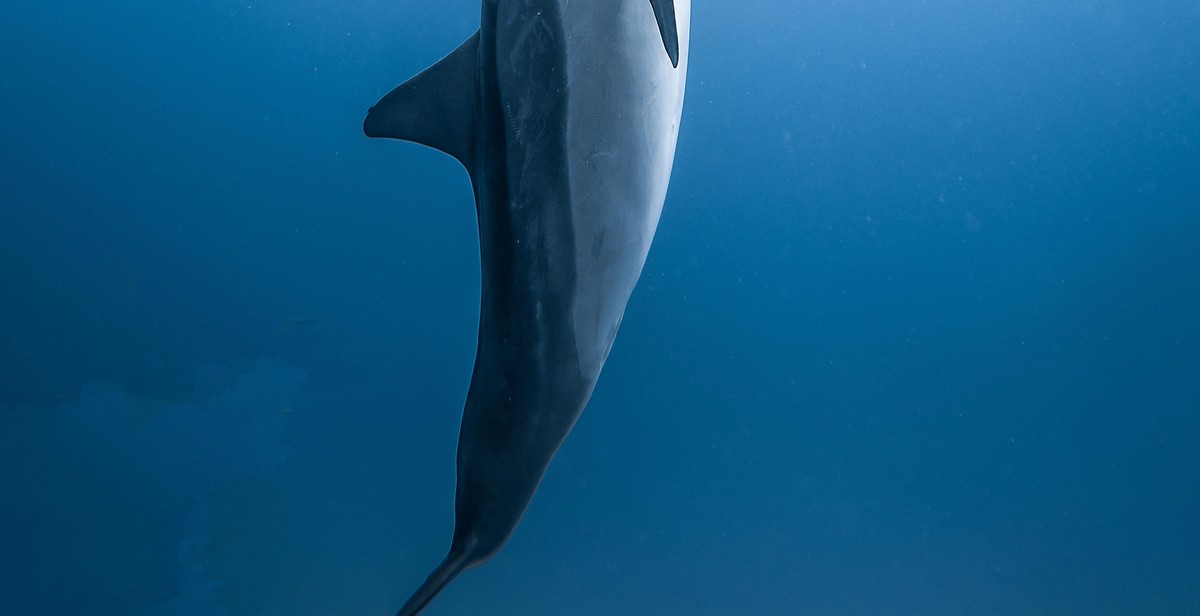
Behavior and Communication
Cetaceans and pinnipeds are social animals that exhibit complex behaviors and communication patterns. Understanding their behavior and communication is crucial for studying their ecology and conservation.
Cetaceans
Cetaceans are highly social animals that form complex societies. They exhibit a wide range of behaviors, including feeding, breeding, migration, communication, and socializing. Some of the common behaviors exhibited by cetaceans include:
- Breaching: jumping out of the water and landing back with a splash
- Spyhopping: poking their head out of the water to look around
- Tail slapping: hitting their tail on the water surface
- Fluke diving: diving deep into the water and showing their tail flukes
Cetaceans communicate through a variety of vocalizations, including whistles, clicks, and pulsed calls. These vocalizations are used for a variety of purposes, such as navigation, foraging, socializing, and mating. Cetaceans also use body language, such as tail slapping and breaching, to communicate with each other.
Pinnipeds
Pinnipeds are also highly social animals that form complex societies. They exhibit a wide range of behaviors, including feeding, breeding, migration, communication, and socializing. Some of the common behaviors exhibited by pinnipeds include:
- Hauling out: coming ashore to rest and socialize
- Barking: making loud vocalizations to communicate with each other
- Flipping: turning over on their backs to scratch themselves
- Swimming: using their flippers to swim efficiently in the water
Pinnipeds communicate through a variety of vocalizations, including barks, growls, and grunts. These vocalizations are used for a variety of purposes, such as navigation, foraging, socializing, and mating. Pinnipeds also use body language, such as posturing and gesturing, to communicate with each other.
| Behavior/Communication | Cetaceans | Pinnipeds |
|---|---|---|
| Breaching | Yes | No |
| Spyhopping | Yes | No |
| Tail slapping | Yes | No |
| Flipping | No | Yes |
| Barking | No | Yes |
| Swimming | Yes | Yes |
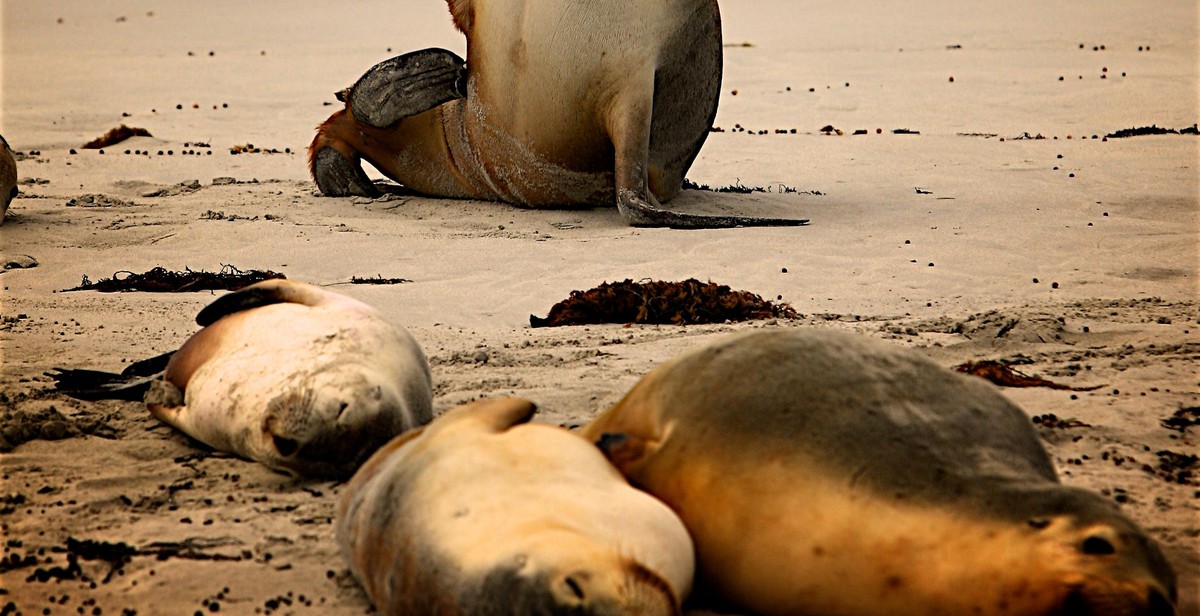
Researching Marine Mammals
Researching marine mammals can be done in two ways – field research and laboratory research. Both methods are crucial in understanding the behavior, ecology, and physiology of these animals.
Field Research
Field research involves studying marine mammals in their natural habitat. This method allows researchers to observe the animals’ behavior, interactions with their environment, and social structure. Field research is typically conducted using boats, planes, and other methods of observation from a distance. Researchers may also use tags and tracking devices to follow the animals’ movements and study their migration patterns.
Field research is essential for understanding the impact of human activities on marine mammal populations. It helps researchers to identify and mitigate threats such as pollution, noise pollution, and climate change.
Laboratory Research
Laboratory research involves studying marine mammal specimens in a controlled environment. This method allows researchers to conduct experiments and analyze data in a more controlled setting. Laboratory research is typically used to study the physiology and anatomy of marine mammals, including their reproductive biology, genetics, and biochemistry.
Laboratory research is also used to study the effects of environmental stressors on marine mammals, such as exposure to pollutants or changes in temperature and salinity. This research is crucial for understanding the long-term impacts of these stressors on marine mammal populations.
Conclusion
Both field and laboratory research are critical in understanding marine mammals. Field research allows researchers to observe the animals in their natural habitat, while laboratory research allows for controlled experiments and analysis. Together, these methods provide a comprehensive understanding of marine mammal behavior, ecology, and physiology, which is essential for their conservation and management.
